Scope. Speed. Scale.
Article | October 20, 2025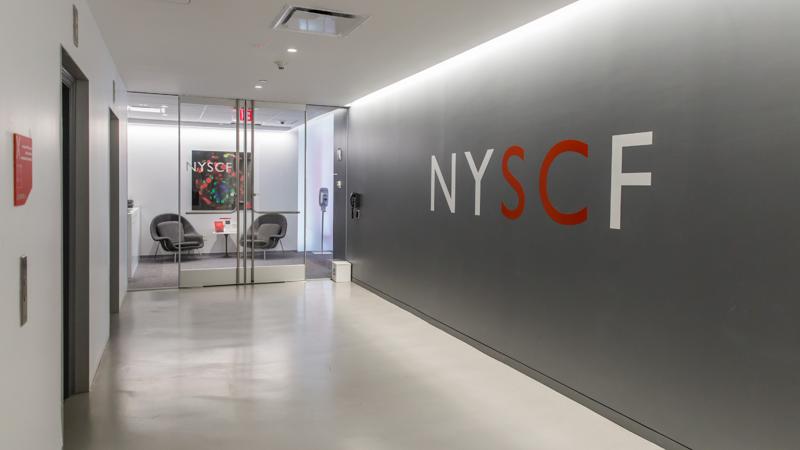
The bold new alliance between The Jackson Laboratory (JAX) and The New York Stem Cell Foundation (NYSCF) promises to transform biomedical research and bring life-changing therapies to patients faster than ever before.
“This is a transformative moment,” said JAX President and CEO Lon Cardon. “Through the integration of our complementary strengths in genomics, stem cell science and AI-driven biomedical analytics, we’re building a next-generation discovery engine — one that will overcome long-standing barriers in drug development and deliver therapies to patients, faster.”
At its core, the JAX–NYSCF alliance brings together stem cells, mouse models, data analysis and machine learning into a fully integrated discovery platform accessible to scientists worldwide. By aligning strengths from the outset, the partnership is designed to speed research, strengthen validation, and expand access globally — transforming biomedical science from the very start.
“Innovation and commercialization are what enable scientific breakthroughs to reach the people who need them,” said JAX Chair Emeritus David E. Shaw. “Over the last two decades, JAX has become a powerhouse driving global discovery through our mouse models and research services. Now, by joining forces with NYSCF, we will be able to offer even more robust platforms to scientists around the world, accelerating the search for cures.”
An engine of innovation
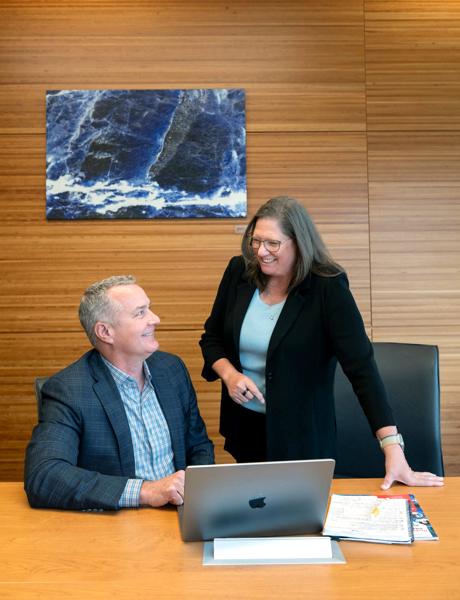
From day one, this partnership creates smarter routes from basic biology to clinical application. JAX and NYSCF scientists already lead research in neuroscience, rare diseases, cancer, and diabetes. By combining mouse models for whole-organism context, stem cells for human precision, and data science to integrate it all, they can launch discoveries that travel further and reach patients sooner.
“What’s most exciting about this alliance is the synergy between JAX and NYSCF,” said Mary Dickinson, executive vice president and chief scientific officer at JAX. “That synergy is driving a new kind of scientific momentum — one that brings together powerful model systems, advanced stem cell technologies and data-driven insights.”
With the intersecting specialties, the partnership feels less like a merger and more like welcoming longtime colleagues. It’s a natural fit — a coordinated effort designed to make essential and highly robust research tools more accessible worldwide.
“This is a huge leap forward for science,” said Dickinson.
JAX is known as a global leader in mouse models and genomics but began generating induced pluripotent stem cells (iPSCs) a decade ago in its research labs. NYSCF has been dedicated to the use of iPSCs from the start and has pioneered some exceptional technology to scale and automate their use. Their flagship technology — the NYSCF Global Stem Cell Array® — uses robotics to automate the creation of thousands of patient-specific cell lines every day. These cells bring unprecedented precision to modeling disease and testing therapies, especially across genetically diverse populations.
Stem cells at scale
For Mitch Kennedy, JAX executive vice president and president of JAX Mice Clinical and Research Services (JMCRS), the Array represents a breakthrough in scale and speed. It allows researchers to generate and manipulate thousands of lines from diverse genetic backgrounds right from the start of discovery — quickly, consistently, and at high-quality.
The Array can produce more than 1,300 unique cell lines a day from hundreds of genetically diverse donors. To put that in perspective: JAX maintains more than 14,000 unique strains of mice. The Array can create nearly one-tenth that number of unique cell lines every single day. That throughput means high-resolution disease modeling, drug screening and precision medicine don’t have to wait for years of buildup — they can begin on day one.
With JAX’s rigorous standards and global reach, the Array unlocks new possibilities for transformative preclinical research. Ideas can now move seamlessly from the spark of an experiment to large-scale distribution, placing reproducible tools directly into the hands of researchers around the world.
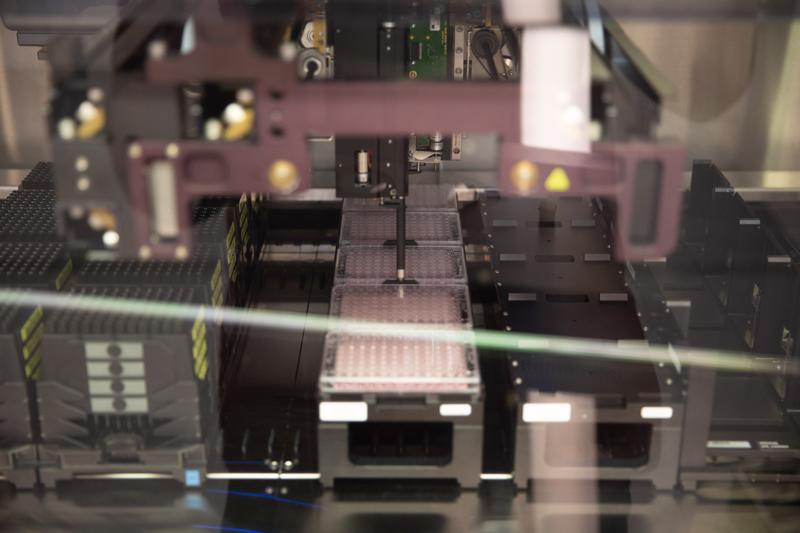
“Just like we created the first mouse production rooms, we’re now doing that same thing with stem cells,” said Kennedy. “But we’re not going to stop there. We're creating a reliable and trusted technical cellular model resource for the scientific community that will complement what we have already built in mice.”
The alliance isn’t about moving away from mouse models or about transitioning iPSC research into mice, it’s about creating a research ecosystem where insights flow more quickly, from human cells into animal models and back again.
The more researchers learn from stem cells, the more they rely on robust animal models to test and validate those insights.
Jennifer Raab, former NYSCF President and CEO, underscored the shared mission: “Our organizations have long shared a deep commitment to innovative science that changes lives, and each organization has pioneered technologies that have revolutionized medical research to fight disease. By joining forces now to integrate our technologies and expertise, we are creating an extraordinary environment to accelerate cures and improve health worldwide.”
The road ahead
The combined organization will be managed from JAX’s headquarters in Bar Harbor, Maine, while NYSCF’s cutting-edge research facility in Manhattan — provisionally named the JAX–NYSCF Collaborative — will continue as a hub of innovation within JAX’s global network of campuses in Maine, Connecticut, California, Florida and Japan.
In the near term, JAX plans to build a second stem cell manufacturing facility within the next year. Together, these facilities will expand throughput and reinforce JAX’s long-term commitment to making high-quality resources available worldwide.
The vision is for JAX to be known equally for human cell models, data science, and mice — a hub where researchers can access integrated toolkits to study disease in ways no single system can achieve.
Together, JAX and NYSCF can build large-scale datasets to model disease in ways no single system can.
“It’s the future of biomedical discovery,” said Dickinson.
“This is a major moment — not just for JAX and NYSCF, but for the global biomedical community,” she added. “There are many exciting discoveries to be made in stem cell research that will help accelerate the rest of the world and, together, we’re really well poised to make that happen.”
Why it matters
Supporting this alliance means fueling faster discovery where it matters most, so every experiment can start stronger, every dataset can yield richer insights, and every discovery can translate into therapies that reach patients sooner.
By investing in this collaboration, supporters help build a smarter engine of biomedical progress — one designed to change lives from day one.
Learn more
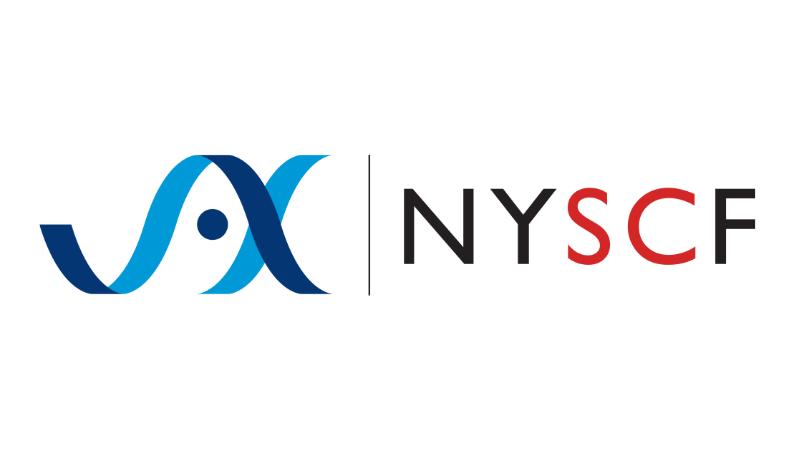
Introducing a new era of biomedical discovery
The Jackson Laboratory’s acquisition of the New York Stem Cell Foundation unites complementary strengths across mouse, cell, and computational models — creating an unmatched platform to accelerate discovery and transform human health.
View more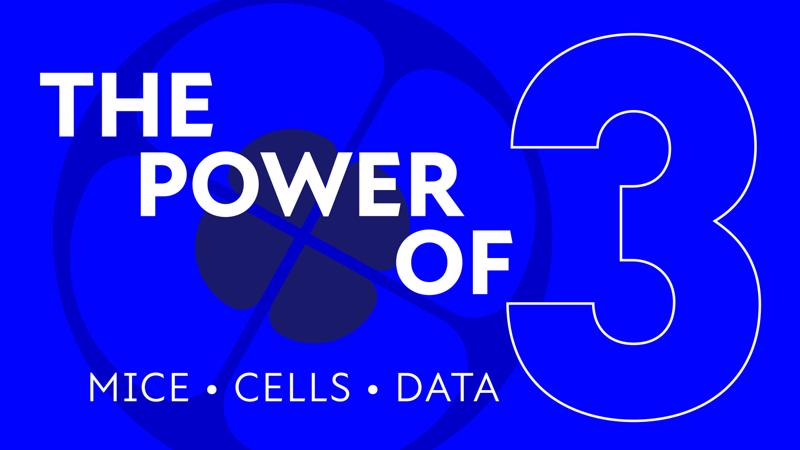
The power of 3
In his own words, JAX President and CEO Lon Cardon reflects on his vision for the JAX‑NYSCF Collaborative, and how this powerful partnership brings together people, ideas and innovation to accelerate discoveries and improve human health.
View more